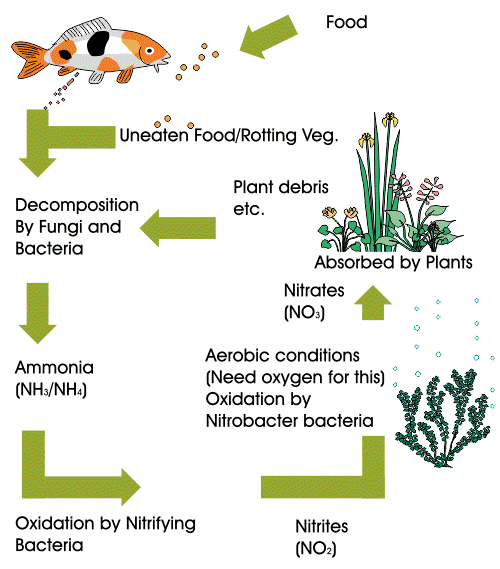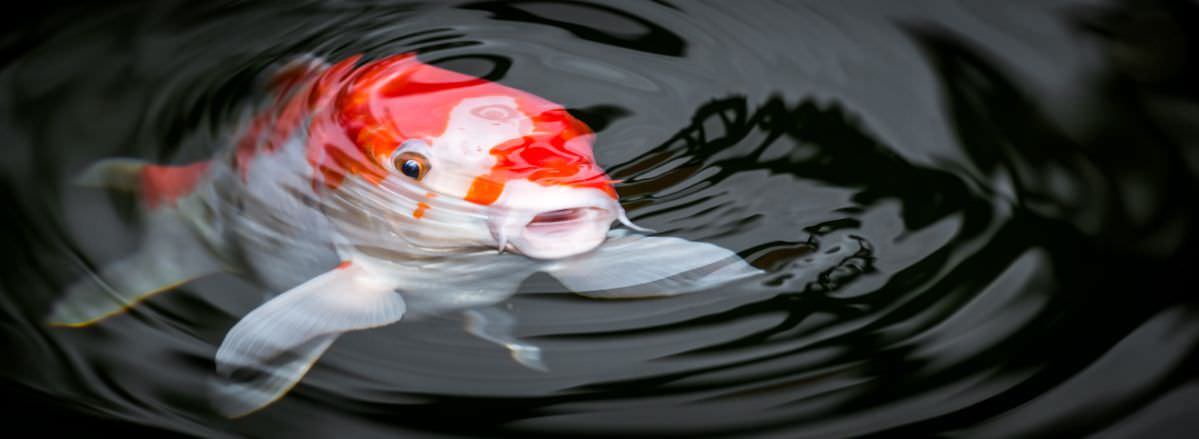Always take time to build your pond fish stocks up
With the use of a suitable dechlorinator it is possible to introduce a few fish into a pond as quickly as 48 hours after the pond has been installed.
However, World of Water would recommend waiting for approximately 4 weeks after the pond has been planted. This allows plants to get established and gives the fish shelter and natural nourishment. It will also allow your filter to begin to mature, helping it cope with the waste from your new pets.
Why it is important to take your time
Once you have completed your pond, installed your filtration and introduced your fish and plants, it is important to monitor water quality regularly. Using a simple test kit, for the “settling down” phase of your pond’s life, will bring any potentially harmful water quality problems to light. It is during this initial period, which may vary from six weeks to three months depending on the number of fish and plants, that the build up of beneficial bacteria takes place in both the filter and the pond itself.
These bacteria are responsible for the breakdown of harmful toxins that are produced from uneaten food, fish waste and any other dead and decaying matter in the water. The level of helpful bacteria in a pond will need to increase naturally as more fish are added, therefore it is very important not to over stock or overfeed fish in your new pond.
Once this “Nitrogen Cycle” (illustrated below) has become balanced, the majority of ponds should require little maintenance although occasional testing of the water for ammonia and nitrite is always to be recommended.
Water Quality
Poor water quality is the primary reason for most problems with fish health. In certain conditions it can also be responsible for algae blooms resulting in green water. However, it should be noted that, clear water is never a guarantee of healthy water and therefore there can be no substitute for regular testing of the water in your pond. The pH level is the first basic test, ideally the results should show a pH level between 6 - 8, with 7 being perfect. A pH of over 8 is often caused by untreated or excessive cement work.
Such ponds will often suffer more from algae problems and the fish will be more vulnerable to ulcers. Low pH values can be caused by use of acidic rocks or rotting vegetation and a lack of adequate filtration.
The other common tests are Ammonia, Nitrite and Nitrate. High levels of any of these toxins are usually associated with filtration problems, immature ponds or inadequate planting. They can also be caused by over-feeding, over-stocking or rotting vegetation in the pond, when there is not enough helpful bacteria present to break these toxins down.


 British Pounds
British Pounds
